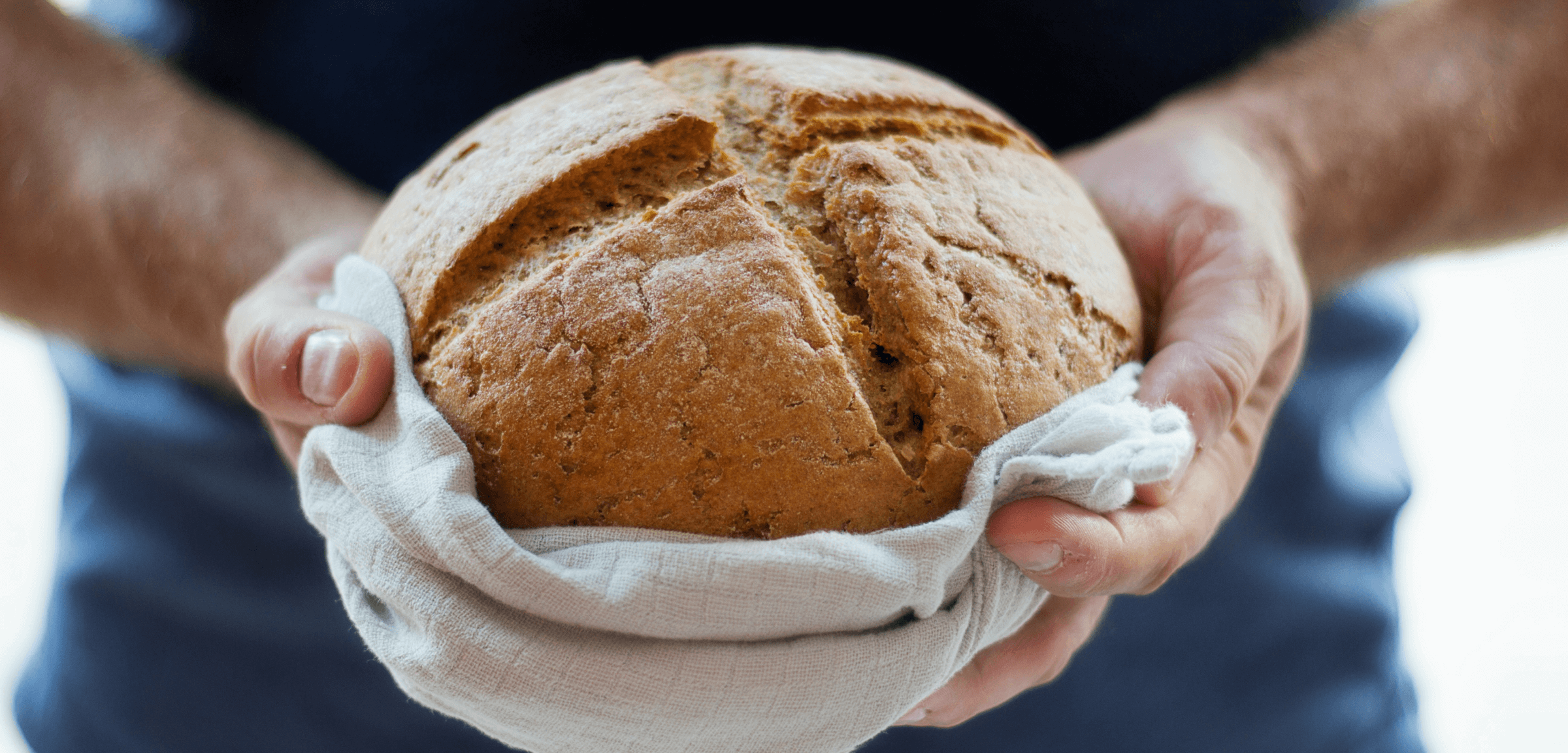
Cutting sugar is one of the most important steps in a Candida cleanse — but what if you’ve already ditched the sweets and still feel bloated, foggy, or craving carbs 24/7?
You might be eating sugar without realising it.
Many packaged foods, even ones marketed as “natural” or “healthy,” are loaded with hidden sugars that feed yeast, fuel cravings, and slow down your healing.
Let’s uncover the sneakiest sugar sources that could be sabotaging your cleanse — and what to swap them for instead.
Candida thrives on simple carbohydrates and sugars. Once you eat them, yeast rapidly ferments the sugars for fuel — multiplying and releasing toxins that contribute to:
Even small, repeated exposures to hidden sugars can keep Candida alive and kicking, despite your best efforts.
Candida and Cravings: Why You’re Always Hungry (And How to Fix It)
Even the natural versions often contain dates, honey, rice malt syrup, or coconut sugar — all of which can spike blood sugar and feed yeast.
Swap with: Homemade seed crackers, boiled eggs, celery + almond butter (no sugar added), or a few olives.
Almond, oat, coconut, and soy milks often have added sugar, even in the “original” versions (which aren’t always unsweetened).
Check for: Evaporated cane juice, rice syrup, agave, or fruit juice concentrate.
Swap with: Unsweetened almond milk, unsweetened coconut milk, or make your own at home.
Just because it’s gluten-free doesn’t mean it’s Candida-safe. Many gluten-free breads, wraps, and crackers are made with:
These are all high-GI carbs that convert to sugar quickly and feed Candida.
Swap with: Almond flour crackers, flax wraps, or simple baked veggie slices.
Ketchup, BBQ sauce, salad dressings, and even some “clean” hot sauces can sneak in a surprising amount of sugar.
Look out for:
Swap with:
Canned beans, soups, baked beans, and even veggies sometimes contain added sugar as a preservative.
Check the label for: Sucrose, glucose, dextrose, or maltodextrin.
Swap with: Fresh, frozen, or homemade versions when possible.
Peanut butter and almond butter can be health-supportive — but many store-bought versions contain added sugar, vegetable oils, and emulsifiers.
Check for: Sugar, molasses, cane syrup.
Swap with: 100% pure nut butter (just nuts + salt), or make your own in a blender.
Even “green” or “cold-pressed” options often contain high-sugar fruits like mango, banana, or dates — which spike your blood sugar and feed yeast.
Avoid during cleanse phase:
Swap with: Herbal teas, lemon water, or fresh vegetable-based juices with celery, cucumber, lemon, and ginger.
Even natural options like maple syrup, honey, agave, coconut sugar, and dates feed Candida during the active cleanse phase.
The tricky part: These are often labelled as “refined sugar free” — but that doesn’t mean they’re yeast safe.
Swap with (if needed):
Not all sugar is called “sugar.” Watch for:
Rule of thumb: If you don’t recognise the ingredient — or it ends in “-ose” — skip it during your cleanse.
Just because it says organic, natural, or refined sugar free doesn’t mean it’s safe for your gut right now.
Hidden sugars show up in:
The key? Read every label. When in doubt, keep it simple: whole, unprocessed foods are your safest bet during a cleanse.
This content is for informational purposes only and not intended to diagnose, treat, cure, or prevent any disease. Always consult a healthcare provider before making changes to your diet or starting a cleanse.
Don’t stop now — your microbiome’s just getting warmed up: